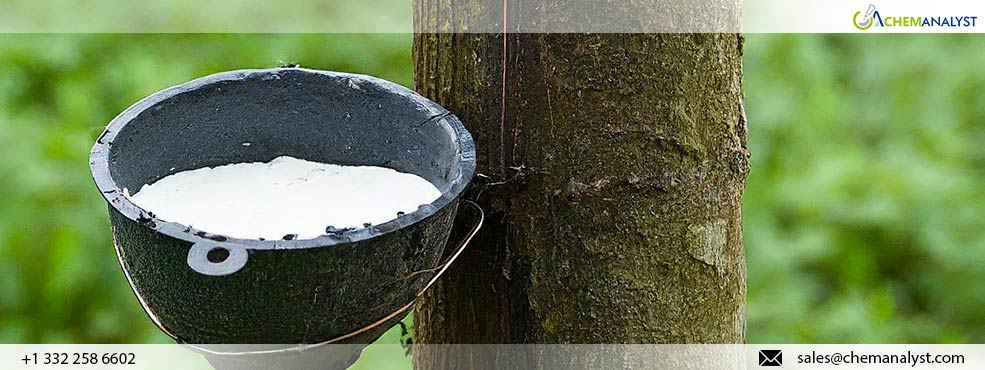Anticipated Decline in Natural Rubber Prices in May Amid Market Dynamics
- 22-May-2024 3:47 PM
- Journalist: Robert Hume
The Natural Rubber market is bracing for a stable dip in prices throughout May, driven by a complex interplay of global factors affecting both exporting and importing nations. Natural Rubber, an essential raw material sourced from rubber tree latex, is integral to various industries, particularly in the production of tires, automotive parts, footwear, adhesives, and medical devices.
In the month of May, Myanmar plans to export 350,000 tons of Natural Rubber in the 2024-2025 fiscal year starting from April. This announcement was made by officials from the Myanmar Natural Rubber Growers and Producers Association, who noted that the primary destinations for Myanmar's Natural Rubber exports include China, Malaysia, Indonesia, Singapore, Vietnam, Japan, and India. Most of Myanmar's rubber trees are concentrated in Mon State, followed by Derindayi Province, Karen State, Bagu Province, Yangon Province, Irrawaddy Province, Shan State, Kachin State, Sinkyi Province, and Rakhine State. International investments are being leveraged to enhance the quality of rubber and establish new production facilities.
According to data released by the Malaysian Bureau of Statistics on May 13, Malaysia's Natural Rubber exports in March 2024 saw a year-on-year increase of about 28%. This represents a 7% rise from the previous month. Notably, 48.9% of these exports were destined for China, with Germany, the United Arab Emirates, India, and Pakistan also being significant importers.
In Cambodia, the rubber plantation area spans 407,172 hectares, of which 320,184 hectares, or 78.6%, are currently harvestable. Meanwhile, in China’s Hainan province, a surge in rubber cutting activities has been observed by the end of April, driven by high temperatures. This increase, along with limited market supply and rising raw material prices, is supporting the Natural Rubber market.
Despite the bolstered supply, downstream tire production remains strong, with domestic tire manufacturers operating at high capacities, reflecting sustained demand for Natural Rubber. However, these companies exhibit cautious procurement behavior due to elevated rubber prices. Port inventories of Natural Rubber are experiencing fluctuations; recent overseas production shutdowns led to decreased port arrivals, resulting in destocking. However, a recent increase in arrivals coupled with a slight decrease in outbound rates has caused continued slight rise in port inventories.
Looking ahead, the Natural Rubber market is expected to consolidate at high levels. With Thailand’s raw material production areas approaching a cessation of cutting and domestic production areas preparing for increased cutting, the market dynamics are set to shift. Despite prevailing high rubber prices, downstream tire factories are maintaining high operating rates but are adopting a cautious approach to purchasing.



